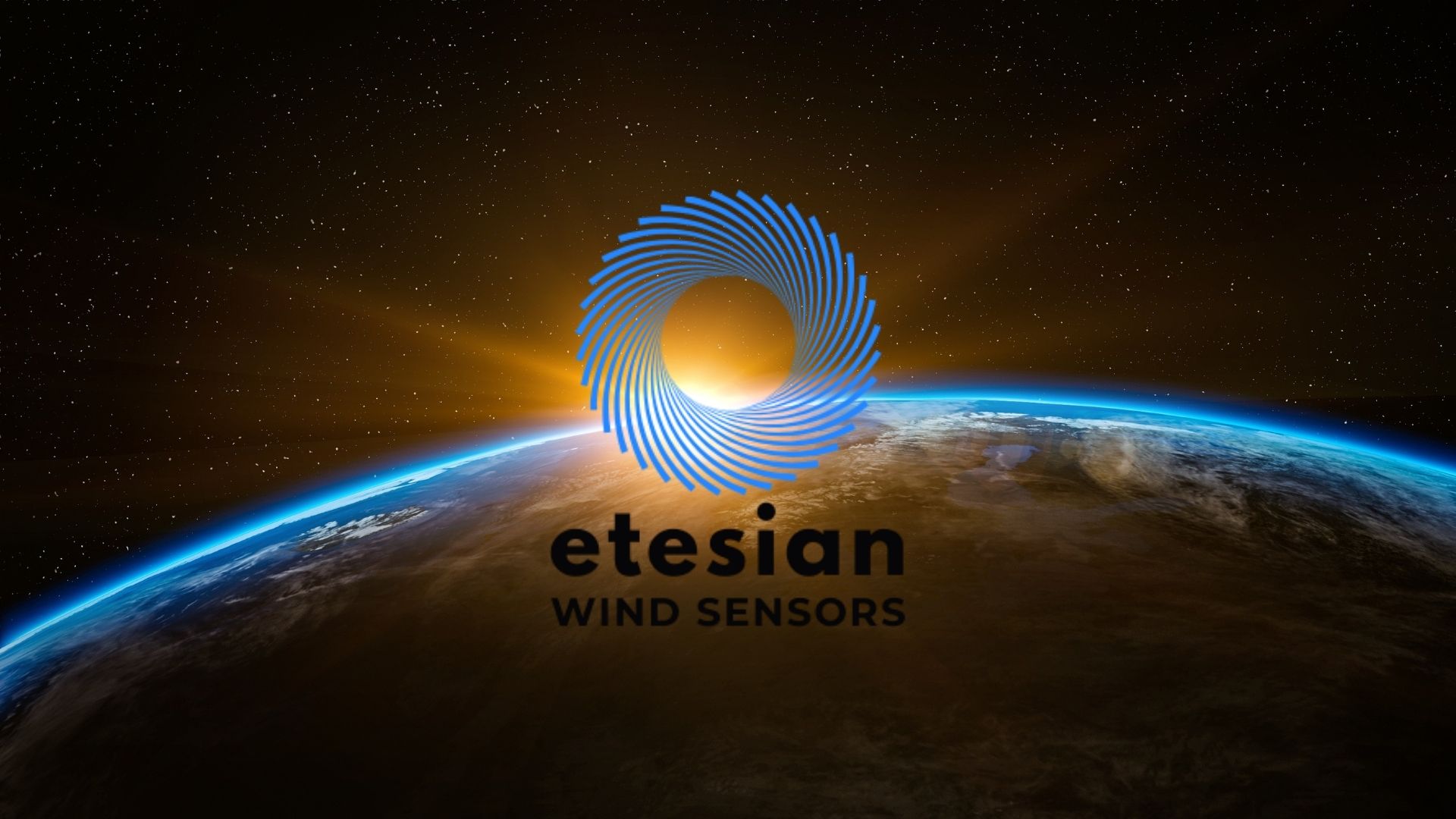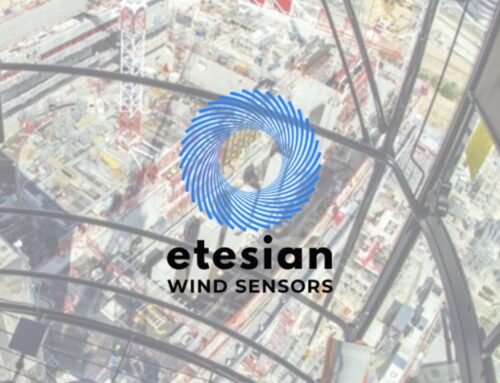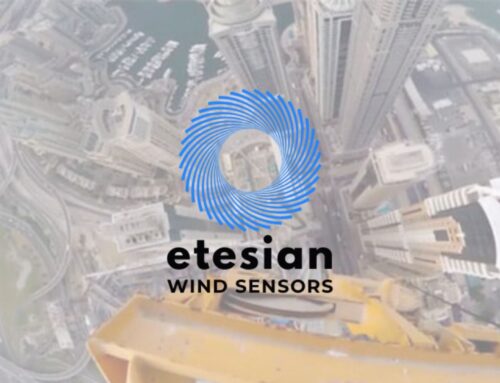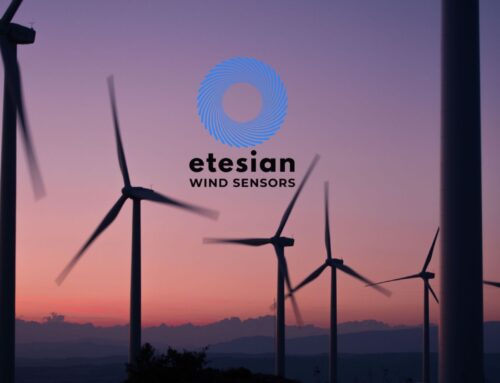Sometimes we get asked to supply our anemometers for situations that are quite different than the typical crane or fountain control applications that we are used to. One such time occurred a couple of years ago when SpaceX— yes the SpaceX putting rockets into orbit and supplying the international space station— contacted us. They needed an anemometer that could transmit a signal more than 700 feet. In order to best meet their need of a long transmission distance, we decided that it would be best to supply the wind sensor with an external high gain directional antenna.
Normally the anemometer is supplied with a small fixed omnidirectional antenna, and this is just fine for transmitting up to about 500 feet with a good Yagi antenna connected to the receiver. We sell hundreds just this way. We don’t really advertise it, but this fixed antenna can be replaced with a connector so that just about any type of external 900 MHz antenna can be attached to the sensor. The regulations for the Industrial/Scientific/Medical aka ISM band at 900 MHz limits the Effective Isotropic Radiated Power (EIRP) to 36 dBm. Our sensor is 0 dBm and about the largest practical Yagi is perhaps 18 dBi. EIRP is calculated by adding the transmitted power (0 dBm) to the antenna gain (18 dBi), in this example then, an EIRP of 18. I have seen small dish antennas of perhaps 24 dBi.
Putting a high gain directional antenna on the receiver helps as well, and there is of course no limit on how high a gain antenna you put on the receiver, only the transmitter. Some day we will put a couple of big dish antennas on one of our systems and put the sensor our in the middle of Boston harbor or some other coastal location, just to see how far we can transmit with our wireless anemometers.
For SpaceX we put small Yagi antennae on both the transmitter and receiver, and started marching down the road from our facility with the receiver in hand, just to see how far we could go and still get a reading. We put the anemometer on the ground with a window fan in front of it to keep it turning at about 6 mph. We then clamped the Yagi to a short step ladder and aimed it to the location where we thought we might end up with no signal.
We powered the readout with a 9 volt battery, and we had our usual 6 dBi Yagi Antenna attached to it. Then we started walking, with all of this in our hands:
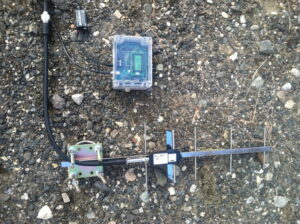
Down the road. Here is a Google map indicating the distance covered before reception stated to get spotty.

The final distance covered during the test was 1476 feet, and this was in less than ideal conditions. The sensor was close to the ground, and we had brush and trees along the way. Generally the wind sensor will be mounted much higher above the ground which will improve the transmission quality and increase the transmission range. Additionally, we could have gone back to the wind sensor antenna and aligned it to point at a further distance down the road and gained more distance too. But the point of this test was to insure that SpaceX would have a working system with plenty of headroom for whatever obstacles that their installation might introduce.

